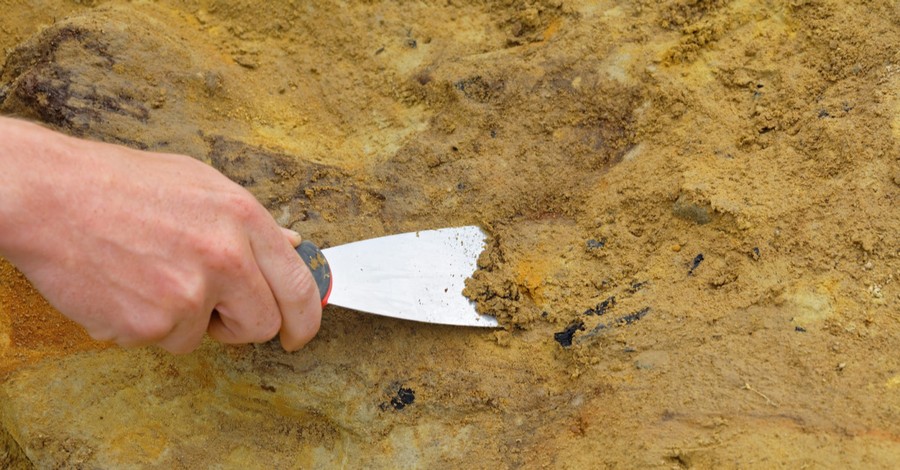
Archaeologists in Israel have uncovered what is believed to be the oldest city gate in the Holy Land.
According to CBN News, archaeologists with the Israel Antiquities Authority (IAA) found a 5,500-year-old gate in Israel that they say represents the “beginning of urbanization.”
“This is the first time that such a large gate dating to the Early Bronze (Age) has been uncovered,” Emily Bischoff, Director of the IAA excavation, said in a statement.
“In order to construct the gate and the fortification walls, stones had to be brought from a distance, mudbricks had to be manufactured, and the fortification walls had to be constructed. This was not achieved by one or a few individuals. The fortification system is evidence of social organization that represents the beginning of urbanization,” Bischoff continued.
The excavation, carried out over the last month, was funded by Mekorot, the national water company of Israel. The tell, a mound that includes layers of civilizations from different times, was found at Tell Erani, near the southern Israeli city of Kiryat Gat.
The gate, which was preserved, stands at a height of nearly 5 feet and includes a passageway “built of large stones that lead into the ancient city. Two towers made of large stones flank the gate, and between them there are rows of mudbricks.”
“It is probable that all passers-by, traders or enemies, who wanted to enter the city had to pass through this impressive gate,” Martin-David Pasternak, an IAA researcher of this period, said.
Pasternak noted that the gate served as a defense for the settlement but to inform outsiders, including Egypt, that “one was entering an important strong settlement that was well-organized politically, socially and economically.”
“At the end of the Early Bronze Age (3500-2200 BC), the Egyptians themselves arrived here and settled the tell, and they reused the gate,” he added.
IAA archaeologist Dr. Yitzhak Paz, an expert in the Early Bronze Age, noted that the tell “was part of a large and important settlement system in the southwestern area of the country in this period. Within this system, we can identify the first signs of the urbanization process, including settlement planning, social stratification, and public building.”
Additionally, the discovery of the gate helps archaeologists determine when the urbanization process began – previously thought to have dated back to the last third of the fourth millennium BC.
Archaeologists have been excavating Tell Erian since the mid-1950s. The project’s discoveries have helped to answer questions about what an ancient city was, what characteristics ancient cities possessed and whether or not there was an Egyptian conquest in the region.
Regarding the ancient gate, Paz said it was covered up following the excavation “to protect it against erosion.”
Photo courtesy: ©Getty Images/Krugloff, this is a stock image.
Milton Quintanilla is a freelance writer and content creator. He is a contributing writer for CrosswalkHeadlines and the host of the For Your Soul Podcast, a podcast devoted to sound doctrine and biblical truth. He holds a Masters of Divinity from Alliance Theological Seminary.










